

Sharpless 2-64, emission nebula in Serpens450 viewsAn emission nebula in Serpens about 1000 light years distant. Dim and difficult to image. Sometimes called the Smoking Embers nebula.
|
|
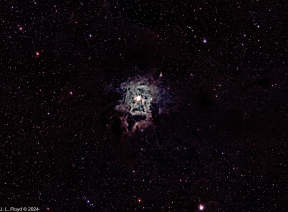
NGC 7023, the Iris Nebula440 viewsReflection nebula in Cepheus. Actually the nebula is LBN 487, and NGC 7023 is a star cluster within the nebula. 1300 light-years away and 6 across.
|
|

Sharpless2-27 - The Zeta Ophiuchi Nebula505 viewsLarge but very faint emission nebula centered on the star Zeta Ophiuchi. Difficult to image because of the brightness of the star relative to the faintness of the nebula..
|
|
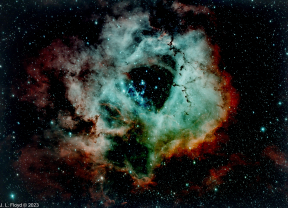
Sharpless2-275 - The Rosette Nebula446 viewsHII region in the constellation Monoceros; distance 5,200 light-years from Earth. Open cluster NGC2244, in the doughnut hole, provides the energy that makes the nebula glow.
|
|
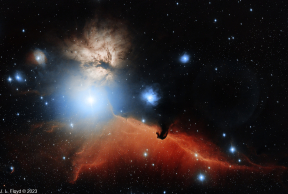
NGC2023 and Friends331 viewsAlnitak, Flame Nebula, IC434 and the Horsehead (Barnard 33); NGC2023 is a reflection nebula
|
|
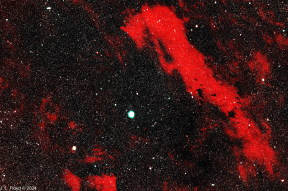
Sh2-119 - the Clamshell Nebula450 viewsLarge emission Nebula in Cygnus, located around the bright star 58 Cygni. The frame is only large enough to accommodate a small part of the left side of the clamshell.
|
|
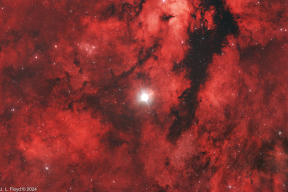
IC1318 - Gamma Cygni Nebula388 viewsA diffuse emission nebula surrounding Sadr (Gamma Cygni) at the center of the Northern Cross in the constellation Cygnus.
|
|
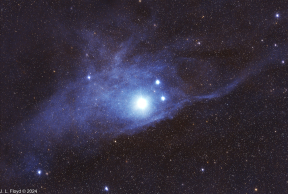
IC4592, the Blue Horsehead Nebula481 viewsReflection Nebula in Scorpius, lit up by Nu Scorpii. About 400 light-years away.
|
|
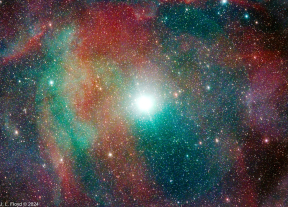
Sharpless2-1406 viewsCombination of a diffuse HII emission nebula and reflection nebula in the constellation of Scorpius with Pi Scorpii at its center.
|
|
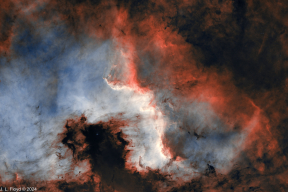
NGC 7000, North American Nebula, Cygnus Wall376 viewsThe Cygnus Wall is a section of the North American Nebula, but it doesn't resemble the Florida-like structure usually seen with NGC7000 because the filter used for this photo gives a different view than regular broadband shots.
|
|
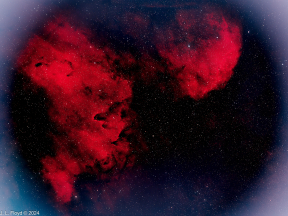
Sharpless2-13422 viewsEmission nebula in Scorpius.
|
|

Sharpless2-112466 viewsEmission nebula in Cygnus, energized by the star BD +45 3216 embedded within it.
|
|
|
|

|